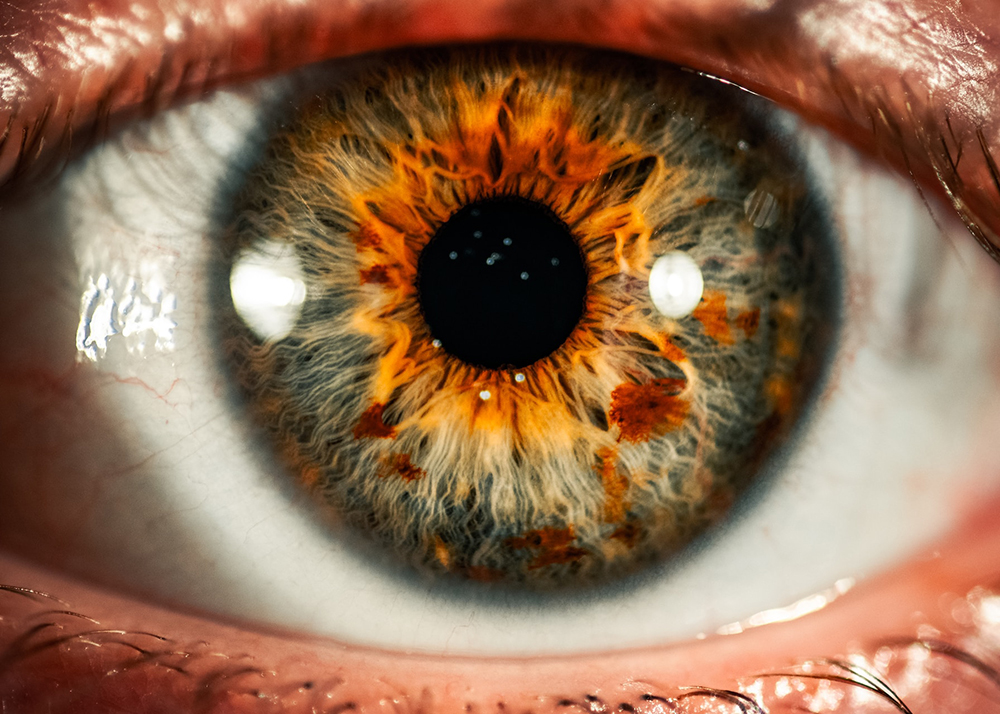A boy with a rare genetic condition has regained his sight thanks to creative “off-label” use of a gene therapy—an innovative approach that current policy might discourage.
Antonio Vento Carvajal, 14, has dystrophic epidermolysis bullosa, a rare genetic disorder causing skin lesions. For Antonio, and about 3,000 other people worldwide, the condition also affects the eyes, causing lesions on his eyes that took away his sight for most of his life, the Associated Press reported on July 24.
In 2012, Antonio received a special visa to go from his home in Cuba to the United States, for treatment. The scar tissue was surgically removed from his eyes at the Miami Health System’s Bascom Palmer Eye Institute, but the lesions returned, Antonio’s physician, Dr. Alfonso Sabater told the AP.
Then, Dr. Sabater said, Antonio’s mother told him about an experimental skin treatment for people with dystrophic epidermolysis bullosa. Vyjuvek, which ultimately received Food and Drug Administration (FDA) approval as a skin treatment in May, uses a genetically modified herpes-simplex virus to deliver healthy copies of the COL7A1 gene directly to patients’ wounds.
At Dr. Sabater’s request, the makers of Vyjuvek, Krystal Biotech, reformulated the skin cream for “off-label” use as an eye drop. After two years of testing, the FDA gave “compassionate use” approval. The medicine has helped Antonio go from legally blind to near normal eyesight.
Dr. Sabater told the AP the delivery method for gene therapy used in the eyedrops could potentially be used for other eye diseases, such as Fuchs’ dystrophy, which affects 18 million in the U.S.
IRA discourages using drugs for second indication
The idea of trying a drug developed for one indication to treat a different indication is not new, and it has led to many medical breakthroughs, particularly with rare cancers.
Unfortunately, the practice of developing drugs for a second indication is actually discouraged by last year’s Inflation Reduction Act (IRA), which exempts orphan drugs from price controls—but only if they are developed for a single indication.
A study supported by BIO shows the IRA’s disincentives for second indication will reduce orphan drug development.
“Our modeling uncovered that a successful cancer drug company will lose a substantial amount of its future earnings as well as pay a large penalty for focusing on orphan indications. In fact, our assessment indicates that delaying market entry by three years to target a stage two adjuvant cancer treatment improves the return on investment by over half-a billion dollars,” said consulting economist Dr. Harry P. Bowen, who worked on the report.
Other studies have made similar findings, spurring calls for reform of the IRA and development of an Orphan Drug Act 2.0 to allow orphan drugs to enjoy market incentives regardless of the number of indications they treat.




